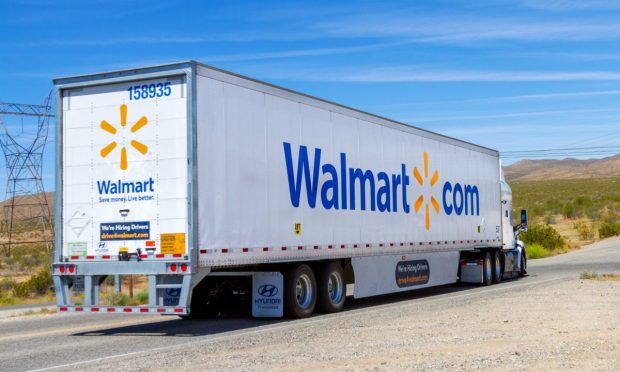Walmart, Amazon’s Deep Pockets Signal Edge in Last-Mile Delivery

In the battle to forge a true omnichannel commerce ecosystem — where logistics are a key ingredient in ensuring that goods are at the ready for consumers when and where they’re wanted — the advantage might go to those with the deepest pockets.
Walmart is boosting wages for its truck drivers that are already in the company’s logistic operations; the company is also in the midst of expanding its 12-week training program that focuses on bringing new drivers into the fold from the existing workforce.
As for the salary bumps: Walmart is boosting the salaries to range between $95,000 to $110,000 annually, up from a starting salary that at this point stands at $87,000.
Read also: Walmart Hikes Driver Pay, Launches Private Fleet Program
The trucking industry, of course, has been grappling with its share of shortages. The simple truism is that the way to get people behind the wheel is to pay them more to do so, lest they be lured to embark on other career paths.
To that point, Walmart has been exploring higher tech initiatives to help make its delivery routes more efficient, including a plan to use driverless truck routes that it announced several months ago.
In jockeying with Amazon to gain more share and wallet, and in making delivery a competitive advantage, the commerce giants have been exploring drones, too. As has been well-reported, Amazon has been expanding its aviation fleet, having bought several Boeing jets last year.
Trucks, however, remain the primary way goods are moved to distribution centers and then on to brick and mortar locations or to customers’ doorsteps.
Persistent Trucker Shortage
The trucker shortage itself, nationwide, stands at tens of thousands of drivers. The American Trucking Association said in October last year that the gap between supply and demand spanned 80,000 drivers.
In addition, the relatively high number of near-retirement age workers seems prime to make the shortage more acute. The shortage could surpass 160,000 drivers as soon as 2030, said the American Trucking Association. Over the next decade, the industry will have to replace one million drivers.
Simple math shows the financial impact.
Walmart has about 12,000 drivers in its roster. Boosting the average driver’s salary by a hypothetical $10,000 a year implies an incremental $120 million. The company’s operating income in its latest annual report was $22.5 billion.
Call the wage boost a proverbial drop in the bucket, then — but the movement to beef up the “movement across the last mile” will take some cash.
